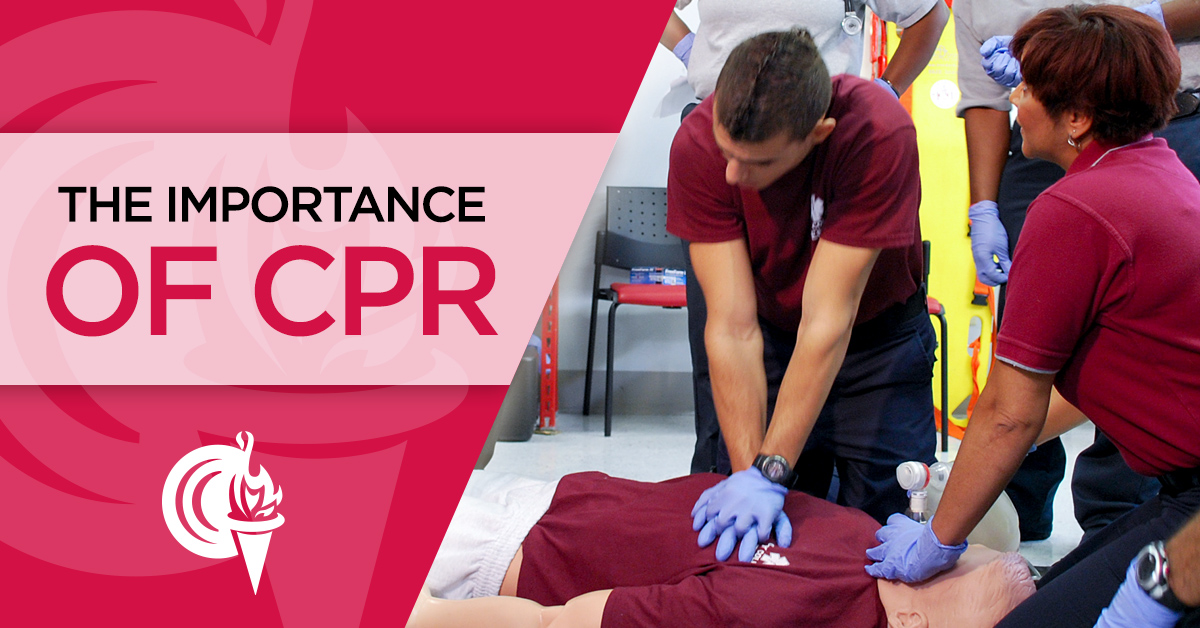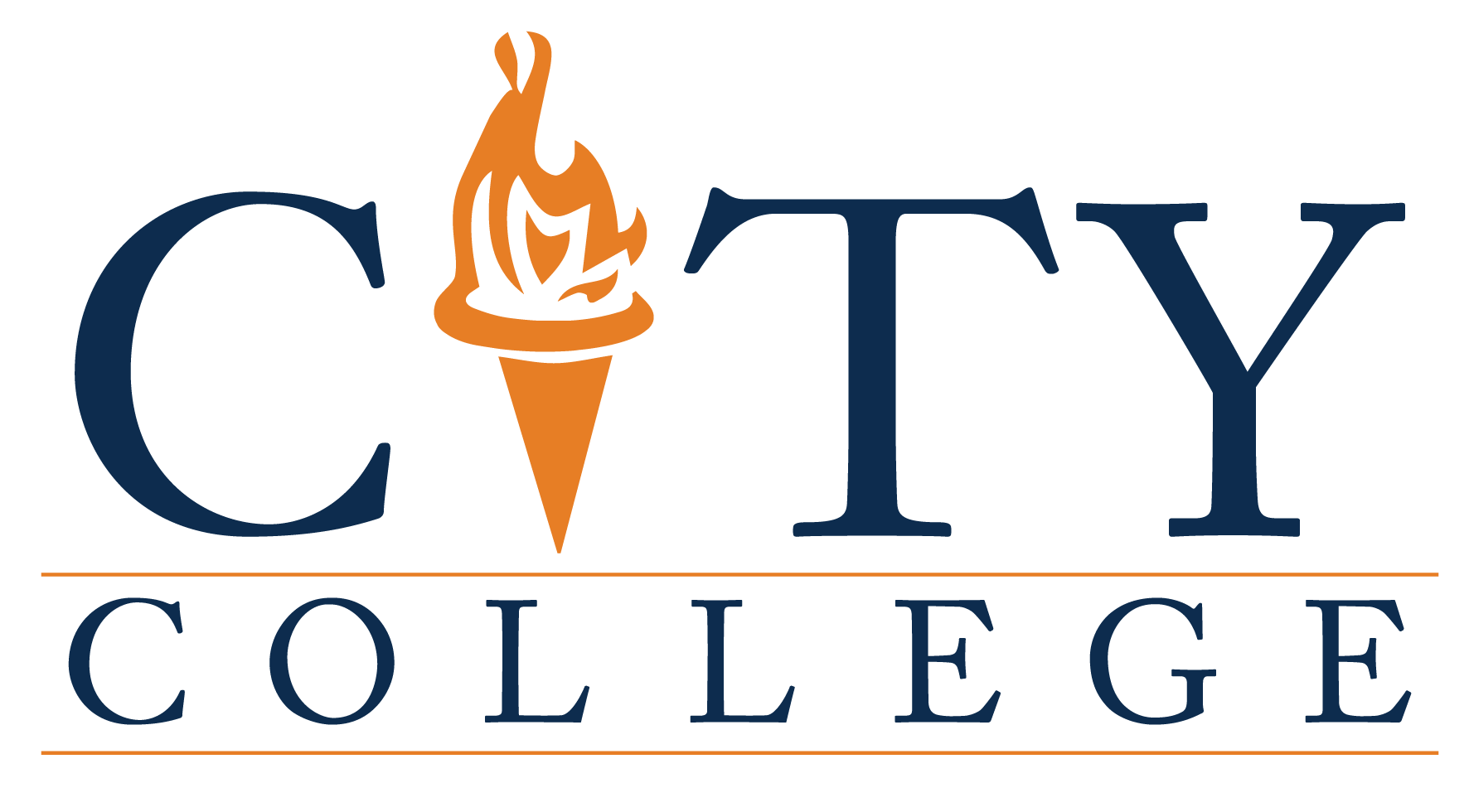
CPR – A Skill That Can Save a Life
If there was ever a skill that had a list of great reasons for learning it – CPR is definitely it. Especially when you consider three staggering statistics put forth by the American Heart Association.
- Over 70% of cardiac and breathing emergencies occur in the home with a family member present.
- 475,000 Americans die from a cardiac arrest annually.
- Immediate CPR could double or triple the chances of survival after cardiac arrest.
Sounds like a no-brainer to learn CPR, right? Millions of people have received CPR training over the last several decades. But only around a third of people who experience sudden cardiac arrest, receive CPR from a bystander before medical help arrives. That’s a pretty unfortunate fact. Because Bystander CPR, not only increases the chances of surviving a cardiac arrest, it can prevent brain damage if it’s performed in the first few minutes.
So, what are all those CPR trained bystanders doing in an emergency? In some cases, panicking. In other cases – they simply forget what to do and aren’t confident enough to try CPR. But brain damage is possible within 4-6 minutes of a sudden cardiac arrest. And at 6 to 10 minutes – brain damage or death is highly probable. That makes performing CPR in those first few minutes – absolutely essential. Even if you’re not CPR trained, you most likely have a cell phone. There are cases where a 911 dispatcher has guided someone through basic CPR during an emergency. The point is – standing by is not always the best option.
But why not get trained? Most CPR classes are no longer than three hours. And renewals or refresher courses are usually only around two hours. Not an overly strenuous commitment to learn such a life-saving skill. We’re not just talking about being a good Samaritan here. We’re talking about possibly saving the life of a loved one. Remember – 70% of cardiac and breathing emergencies happen in the home.
It’s safe to say that learning a new skill is always a plus. But learning a skill that can save a life? That’s a skill worth learning and relearning. After all, the life of someone you love, may depend on it. Keep that in mind as you prioritize your to-do list. Don’t cross ballroom dancing off the list – but perhaps consider moving CPR training to the top.
If you’re passionate about helping people, maybe you should explore a career in emergency medical services (EMS). Emergency Medical Technicians (EMTs) are the front line of defense when it comes to medical emergencies. Imagine having the power to change lives every single day with your own two hands. Get ready to change your own life by checking out the EMT program at City College. City College is helping students get the hands-on training and skills they need to launch rewarding careers as first-responders in the world of EMS. Call City College today to learn more. Or schedule a tour of one of our five campus locations across Florida. City College – Real Careers for Real People.


